Home>Gardening & Outdoor>Landscaping Ideas>How Long Does It Take Glyphosate To Kill Grass
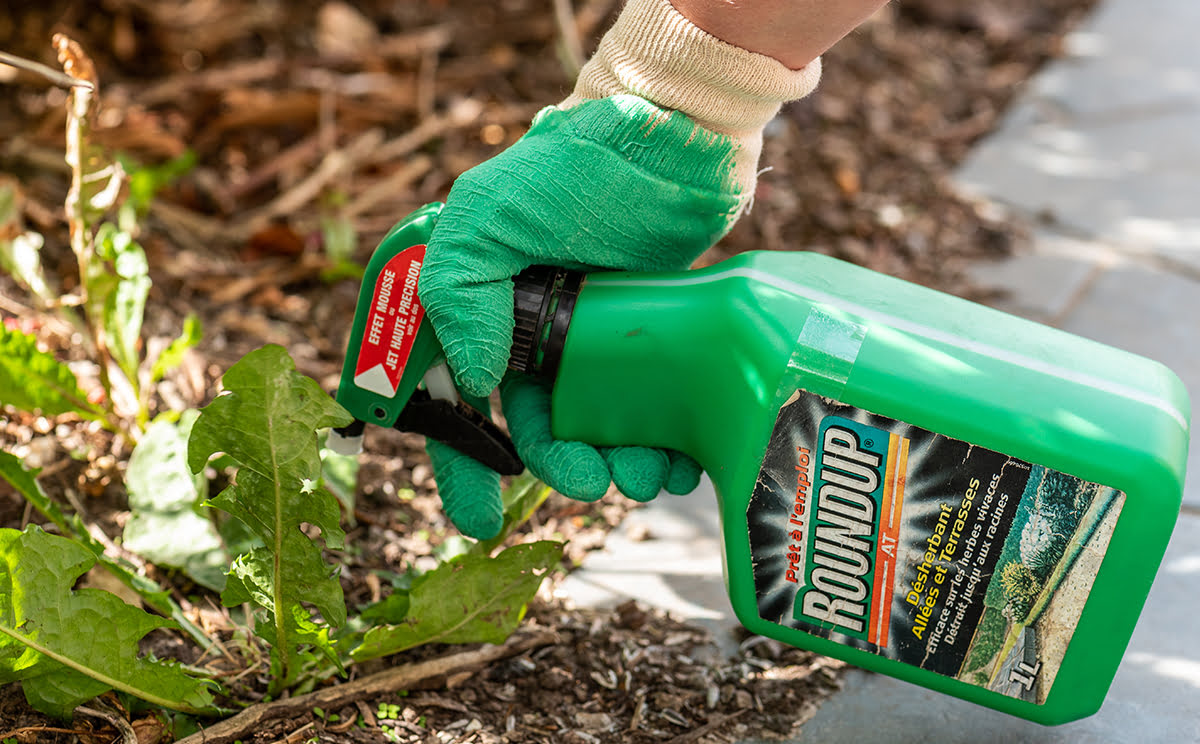

Landscaping Ideas
How Long Does It Take Glyphosate To Kill Grass
Modified: January 25, 2024
Discover effective landscaping ideas and learn how long it takes for glyphosate to kill grass. Transform your outdoor space with expert advice and tips.
(Many of the links in this article redirect to a specific reviewed product. Your purchase of these products through affiliate links helps to generate commission for Storables.com, at no extra cost. Learn more)
Introduction
Welcome to the fascinating world of landscaping and lawn care! As a homeowner or gardening enthusiast, maintaining a lush, vibrant lawn is likely a top priority. However, the presence of unwanted grass or weeds can hinder the aesthetic appeal of your outdoor space. This is where the use of herbicides, such as glyphosate, comes into play.
In this comprehensive guide, we will delve into the intricate details of glyphosate, a widely used herbicide known for its effectiveness in eradicating unwanted vegetation. Specifically, we will explore the timeframe required for glyphosate to effectively eliminate grass, providing you with valuable insights to optimize your lawn maintenance efforts.
Glyphosate, the active ingredient in numerous herbicide products, has revolutionized weed control in both agricultural and residential settings. Understanding its properties, application techniques, and the factors influencing its efficacy is crucial for achieving the desired results in your lawn care endeavors.
So, sit back, relax, and allow us to unravel the mysteries surrounding glyphosate and its impact on grass. Whether you are a seasoned gardener or just embarking on your landscaping journey, this guide will equip you with the knowledge to make informed decisions and elevate the health and beauty of your outdoor oasis.
Key Takeaways:
- Glyphosate typically takes 1 to 3 weeks to start affecting grass, with significant changes appearing within 2 to 4 weeks. Environmental factors and plant characteristics can influence the speed of the herbicidal process.
- Factors like plant growth stage, weather conditions, and application techniques play a crucial role in glyphosate’s effectiveness. Understanding these variables is essential for successful grass and weed management.
Read more: How Long Does Roundup Take To Kill Grass
Understanding Glyphosate
Glyphosate, a broad-spectrum herbicide, has gained widespread recognition for its unparalleled effectiveness in combating unwanted vegetation. Marketed under various trade names, this potent chemical disrupts the growth process of plants by inhibiting the production of essential amino acids. As a result, targeted plants experience systemic failure, ultimately succumbing to the herbicidal effects of glyphosate.
One of the key attributes that sets glyphosate apart is its non-selective nature, meaning it can eradicate a wide array of plant species, including grass, without discriminating between broadleaf weeds and grassy species. This versatility makes glyphosate a valuable tool for addressing diverse weed populations in lawns, gardens, and agricultural landscapes.
Furthermore, glyphosate exhibits low residual activity in the soil, minimizing the risk of long-term damage to the ecosystem. Its biodegradable properties contribute to its favorable environmental profile, making it a preferred choice for sustainable weed management practices.
It is important to note that glyphosate-based products are available in various formulations, including concentrated solutions and ready-to-use sprays, catering to the specific needs and preferences of users. Understanding the concentration and composition of the product you are utilizing is essential for achieving optimal results while adhering to safety guidelines.
By gaining a deeper understanding of glyphosate and its mechanisms of action, you can harness its potential to address unwanted grass and weeds in your outdoor spaces effectively. However, it is equally crucial to consider the influencing factors and best practices for application to maximize the efficacy of glyphosate-based herbicides.
Factors Affecting Glyphosate’s Effectiveness
The effectiveness of glyphosate in eradicating grass and weeds is influenced by a multitude of factors, each playing a pivotal role in determining the herbicide’s impact on targeted vegetation. Understanding these variables is essential for optimizing the application of glyphosate and achieving desirable outcomes in weed control.
- Plant Growth Stage: The developmental stage of the targeted grass or weed significantly impacts glyphosate’s efficacy. Ideally, applying the herbicide during periods of active growth, when plants are vigorously photosynthesizing and translocating nutrients, enhances its uptake and systemic action, leading to more comprehensive eradication.
- Environmental Conditions: Weather and environmental factors, such as temperature, humidity, and sunlight, can influence the performance of glyphosate. Warm, sunny conditions promote optimal herbicidal activity, facilitating the absorption and translocation of the chemical within the plant, while prolonged periods of rain or cold temperatures may hinder its effectiveness.
- Application Timing: Timing the application of glyphosate to coincide with the peak growth phase of the targeted vegetation is crucial. Ensuring that the plants are actively growing and not experiencing stress due to drought or other factors maximizes the herbicide’s impact, increasing the likelihood of successful eradication.
- Adjuvants and Surfactants: The inclusion of adjuvants and surfactants in glyphosate formulations can enhance its performance by improving adherence to plant surfaces and promoting efficient uptake. These additives aid in overcoming potential barriers, such as waxy coatings on leaves, ensuring greater penetration and translocation of the herbicide within the plant.
- Water Quality: The quality of the water used as a carrier for glyphosate solutions is a critical consideration. Hard water with high mineral content can reduce the efficacy of the herbicide, necessitating the use of water conditioners to mitigate the impact of water hardness on glyphosate activity.
By meticulously assessing and addressing these influential factors, you can optimize the application of glyphosate to effectively target and eliminate unwanted grass and weeds, fostering a healthier and more visually appealing landscape.
Glyphosate typically takes about 7-10 days to fully kill grass. It’s important to follow the instructions on the product label for best results and to avoid harming other plants.
Application Techniques for Glyphosate
Applying glyphosate with precision and care is instrumental in maximizing its efficacy while minimizing potential risks to non-target plants and the environment. Employing appropriate application techniques ensures thorough coverage and absorption of the herbicide, enhancing its capacity to eradicate unwanted grass and weeds effectively.
- Uniform Spraying: Utilize a high-quality sprayer equipped with proper nozzles to achieve uniform coverage of the targeted vegetation. Ensuring that the spray droplets are consistently distributed across the foliage facilitates optimal herbicide absorption and translocation within the plants.
- Correct Dilution and Concentration: Dilute concentrated glyphosate solutions according to the manufacturer’s recommendations, adhering to the specified mixing ratios. Avoid deviating from the prescribed concentrations to maintain the herbicide’s effectiveness and minimize the risk of damage to desirable plants.
- Targeted Application: Exercise caution to avoid overspray or drift onto non-target vegetation. Shielding desirable plants with physical barriers or employing precision application techniques, such as shielded sprayers, ensures that glyphosate is selectively applied to the intended grass or weed species.
- Optimal Timing: Schedule glyphosate application during periods of minimal wind to prevent unintended dispersion of the herbicide. Calm weather conditions facilitate accurate and controlled spraying, reducing the likelihood of off-target contamination.
- Post-Application Observations: After applying glyphosate, monitor the treated area for any signs of runoff or unintended contact with non-target surfaces. Promptly address any accidental exposure to non-target plants by rinsing the affected areas with water to mitigate potential herbicide transfer.
- Personal Protective Equipment: Prioritize safety by donning appropriate personal protective equipment, including gloves, goggles, and protective clothing, when handling and applying glyphosate-based products. Adhering to safety protocols safeguards against potential skin or eye irritation and minimizes direct contact with the herbicide.
By conscientiously implementing these application techniques, you can harness the full potential of glyphosate, leveraging its herbicidal properties to effectively manage grass and weed infestations in your outdoor environment.
Timeframe for Glyphosate to Kill Grass
Understanding the timeframe required for glyphosate to eradicate grass is crucial for gauging the effectiveness of the herbicide and managing expectations regarding the visual outcomes of the treatment. While the exact duration can vary based on several factors, including environmental conditions and the specific grass species targeted, a general timeline can offer valuable insights into the herbicidal process.
Upon application, glyphosate initiates its action by penetrating the foliage of the targeted grass and translocating throughout the plant’s vascular system. This systemic movement facilitates the distribution of the herbicide to the roots, where its disruptive effects impede the plant’s growth and metabolic functions.
Following the application of glyphosate, visible effects on the grass typically begin to manifest within 1 to 3 weeks, depending on the factors influencing herbicidal activity. Initially, the treated grass may exhibit subtle signs of stress, such as wilting or discoloration, indicating the onset of herbicidal impact.
As the herbicide progresses through the plant’s internal pathways, the grass gradually succumbs to the herbicidal effects, leading to a progressive decline in vitality. Within 2 to 4 weeks post-application, significant visual changes become apparent, with the grass displaying increasing signs of deterioration, including browning, desiccation, and eventual necrosis.
While the above timeframe provides a general overview of the herbicidal process, it is essential to note that variations in environmental conditions, plant health, and application techniques can influence the speed and extent of glyphosate-induced grass suppression. Factors such as adequate sunlight, favorable temperatures, and active plant growth contribute to expediting the herbicidal action, hastening the visible decline of the treated grass.
Additionally, perennial grass species may exhibit resilience to glyphosate, necessitating multiple applications or integrated management approaches to achieve comprehensive control. Understanding the specific characteristics and growth habits of the targeted grass species is instrumental in formulating a strategic and effective herbicidal treatment plan.
By recognizing the expected timeframe for glyphosate to exert its herbicidal effects on grass, you can make informed assessments of the treatment’s progress and implement supplementary measures, as needed, to achieve the desired outcomes in weed management and lawn maintenance.
Read more: How Long Does It Take For Grass To Grow
Conclusion
Congratulations on embarking on a journey of discovery into the multifaceted realm of glyphosate and its impact on grass control. Throughout this exploration, we have unveiled the intricate dynamics of glyphosate as a potent herbicidal agent, shedding light on its mechanisms, influencing factors, and the expected timeframe for grass suppression.
By comprehending the properties and behaviors of glyphosate, you have gained valuable insights into optimizing its application for effective grass and weed management in your outdoor spaces. The non-selective nature of glyphosate, coupled with its systemic mode of action, underscores its versatility and efficacy in addressing diverse vegetation challenges, empowering you to curate a visually captivating and healthy landscape.
As you navigate the realm of glyphosate-based weed control, remember that meticulous attention to environmental conditions, application techniques, and the unique attributes of the targeted grass species is pivotal in harnessing the full potential of this herbicide. By aligning your strategies with the optimal growth stages of the vegetation and leveraging favorable weather conditions, you can orchestrate the ideal environment for glyphosate to exert its herbicidal prowess, fostering a thriving and weed-free outdoor oasis.
Furthermore, the knowledge of the expected timeframe for glyphosate-induced grass suppression equips you with a realistic framework for assessing the progress of your weed management efforts. Understanding that the visible effects of glyphosate may manifest within 1 to 3 weeks post-application, with significant changes becoming apparent within 2 to 4 weeks, empowers you to gauge the efficacy of the treatment and make informed decisions regarding supplementary measures or follow-up applications.
Armed with this comprehensive understanding of glyphosate and its role in grass control, you are poised to embark on a journey of harmonizing the natural beauty of your landscape with the precision of effective weed management. By integrating the principles elucidated in this guide into your lawn care practices, you can cultivate a verdant and inviting outdoor haven, free from the encumbrance of unwanted grass and weeds.
May your landscaping endeavors flourish, and may the knowledge gleaned from this guide serve as a beacon of guidance as you navigate the intricacies of glyphosate-based weed control. Here’s to a vibrant, thriving, and weed-free landscape that captivates the senses and enriches the outdoor experience for you and your community.
Frequently Asked Questions about How Long Does It Take Glyphosate To Kill Grass
Was this page helpful?
At Storables.com, we guarantee accurate and reliable information. Our content, validated by Expert Board Contributors, is crafted following stringent Editorial Policies. We're committed to providing you with well-researched, expert-backed insights for all your informational needs.
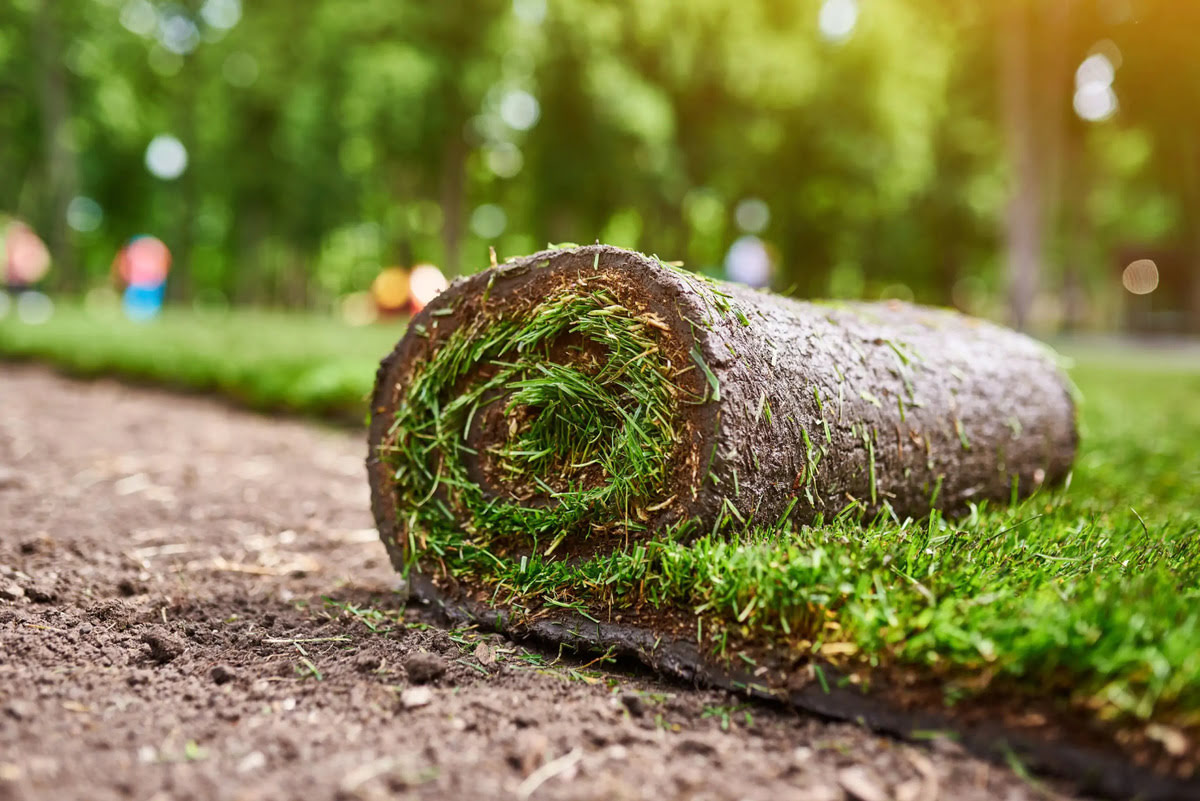
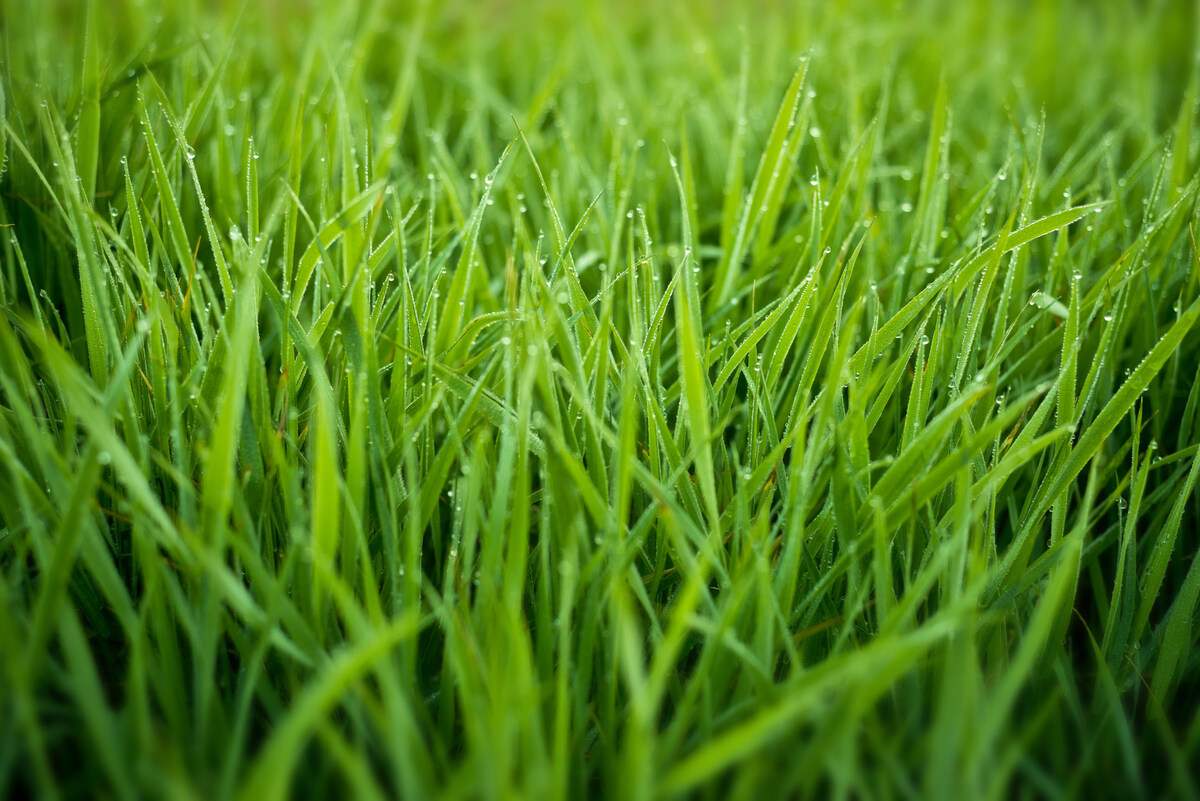
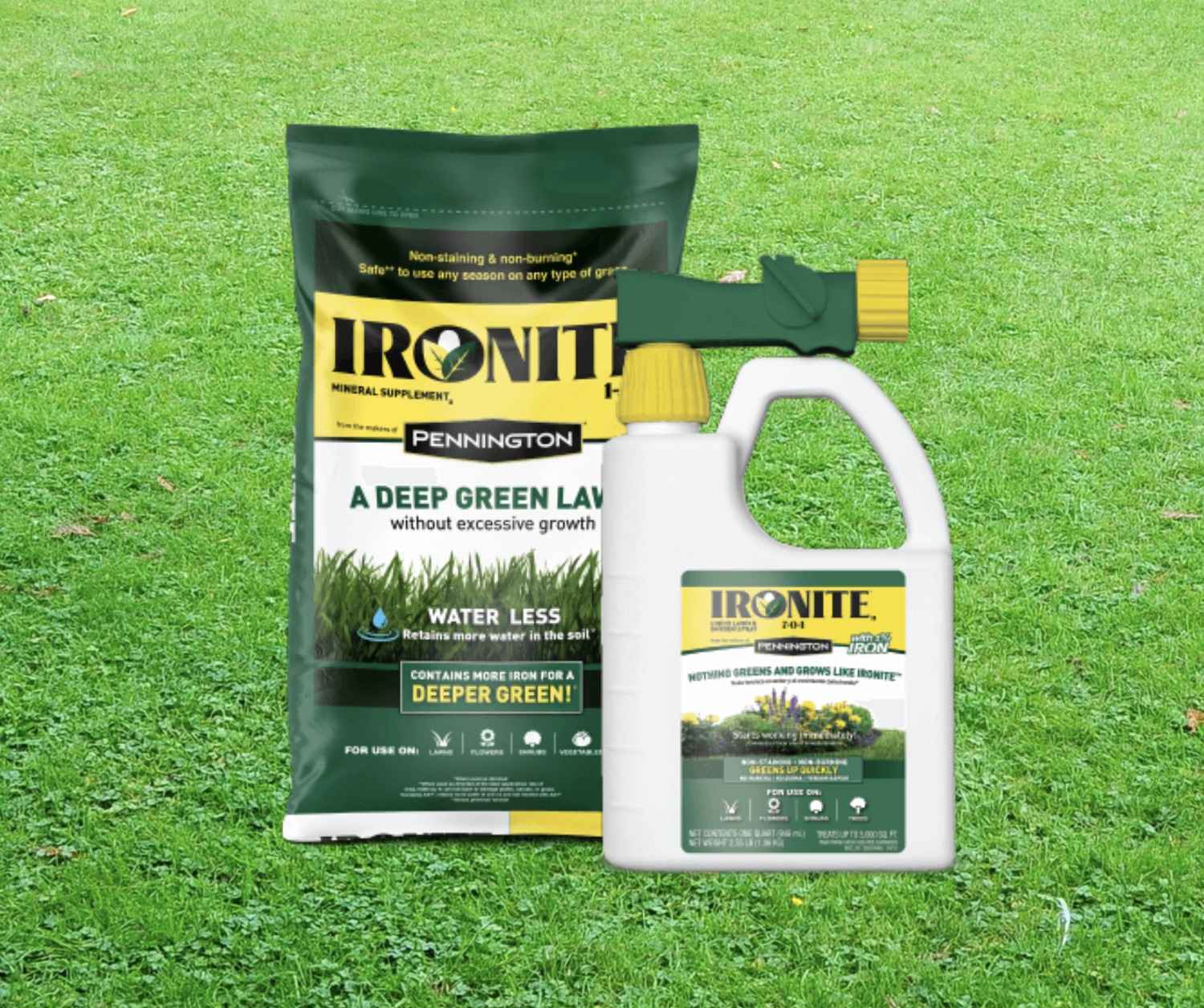
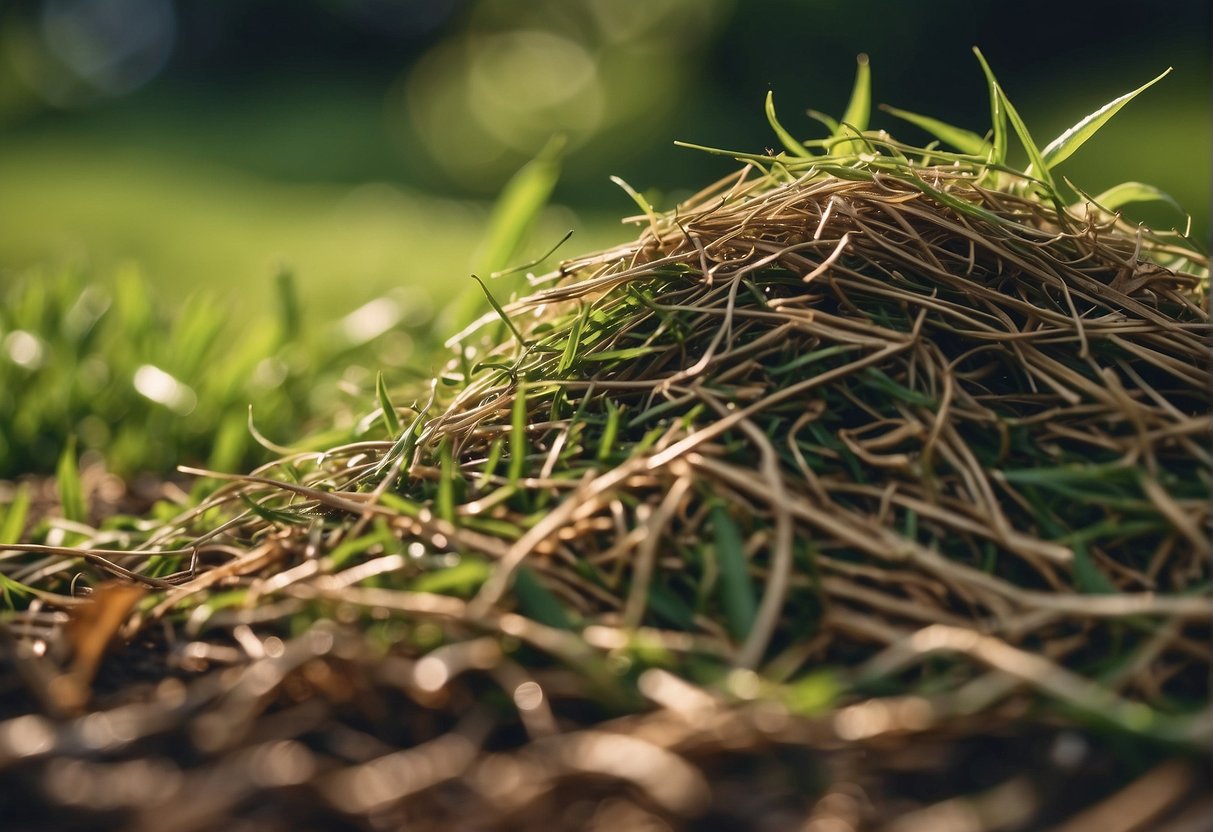
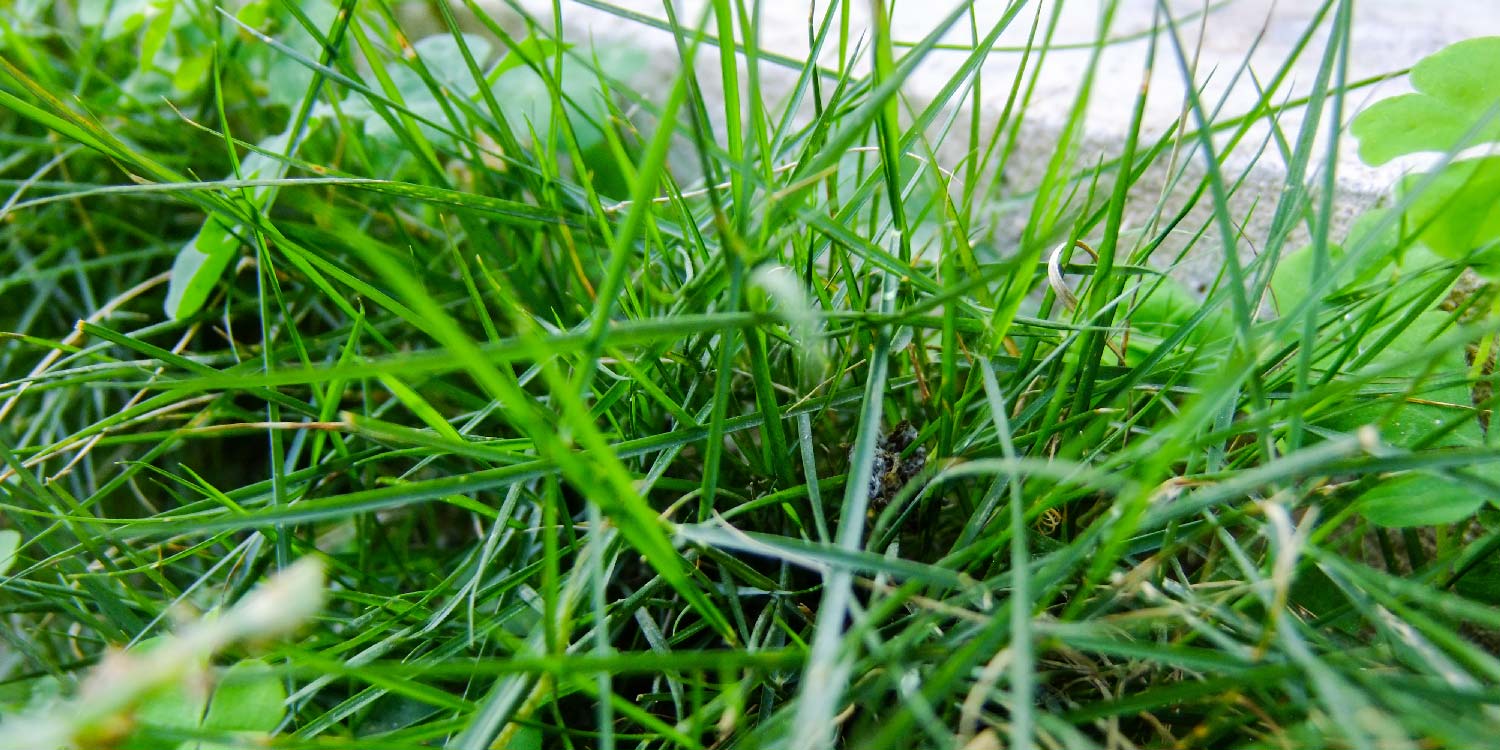
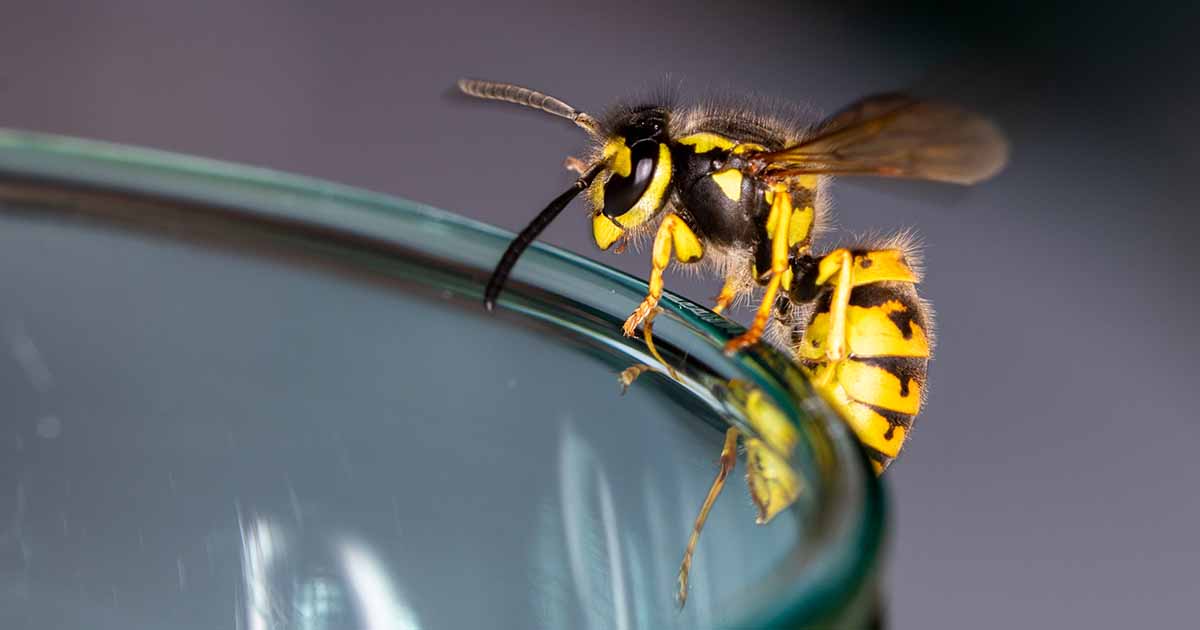

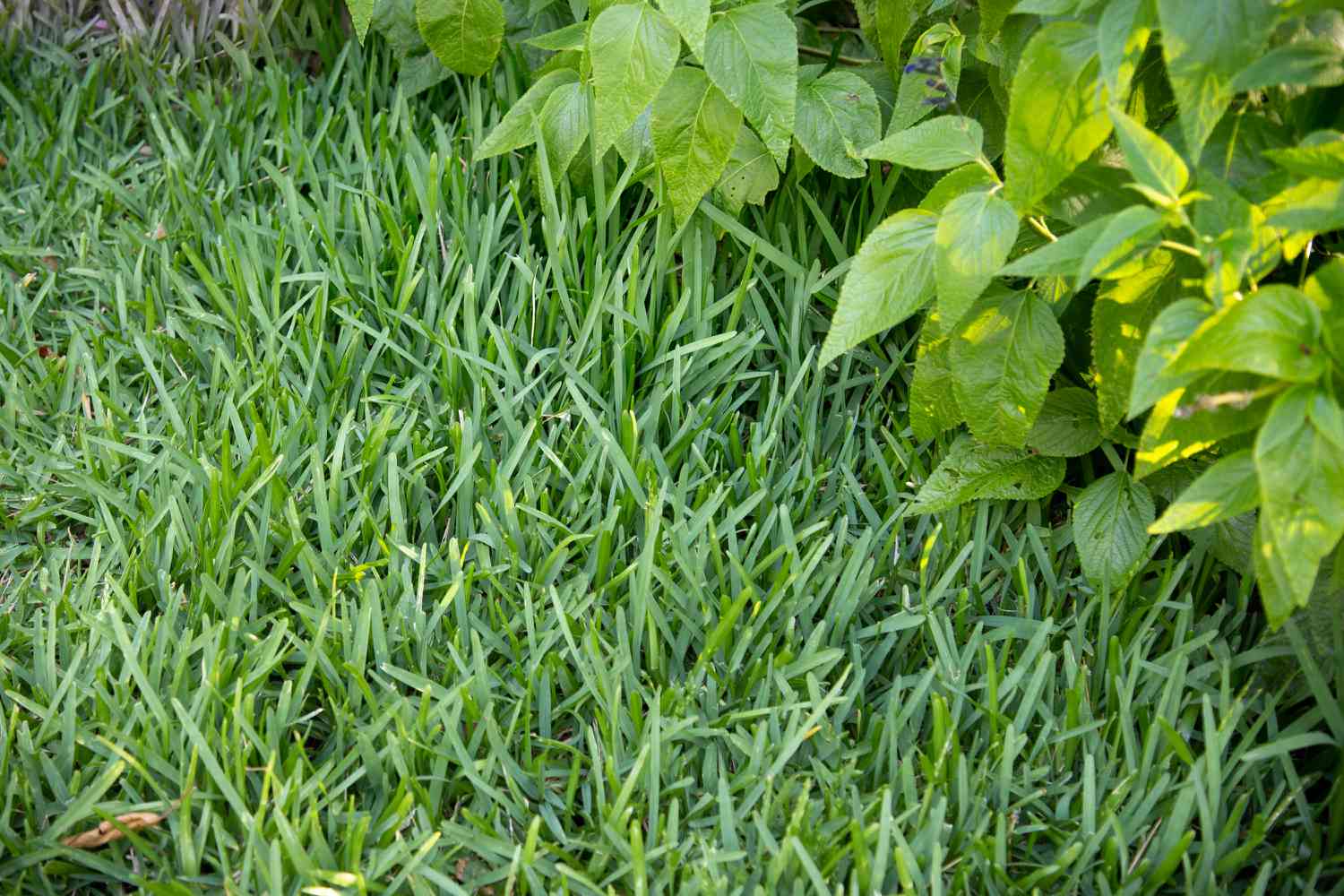
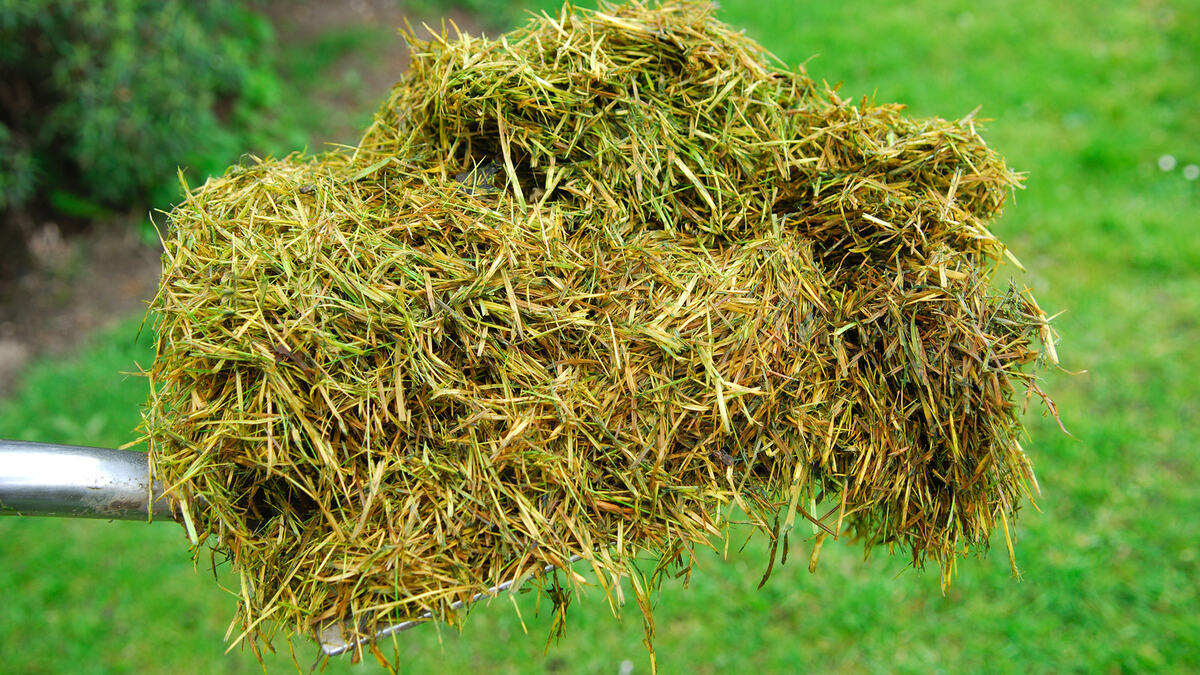

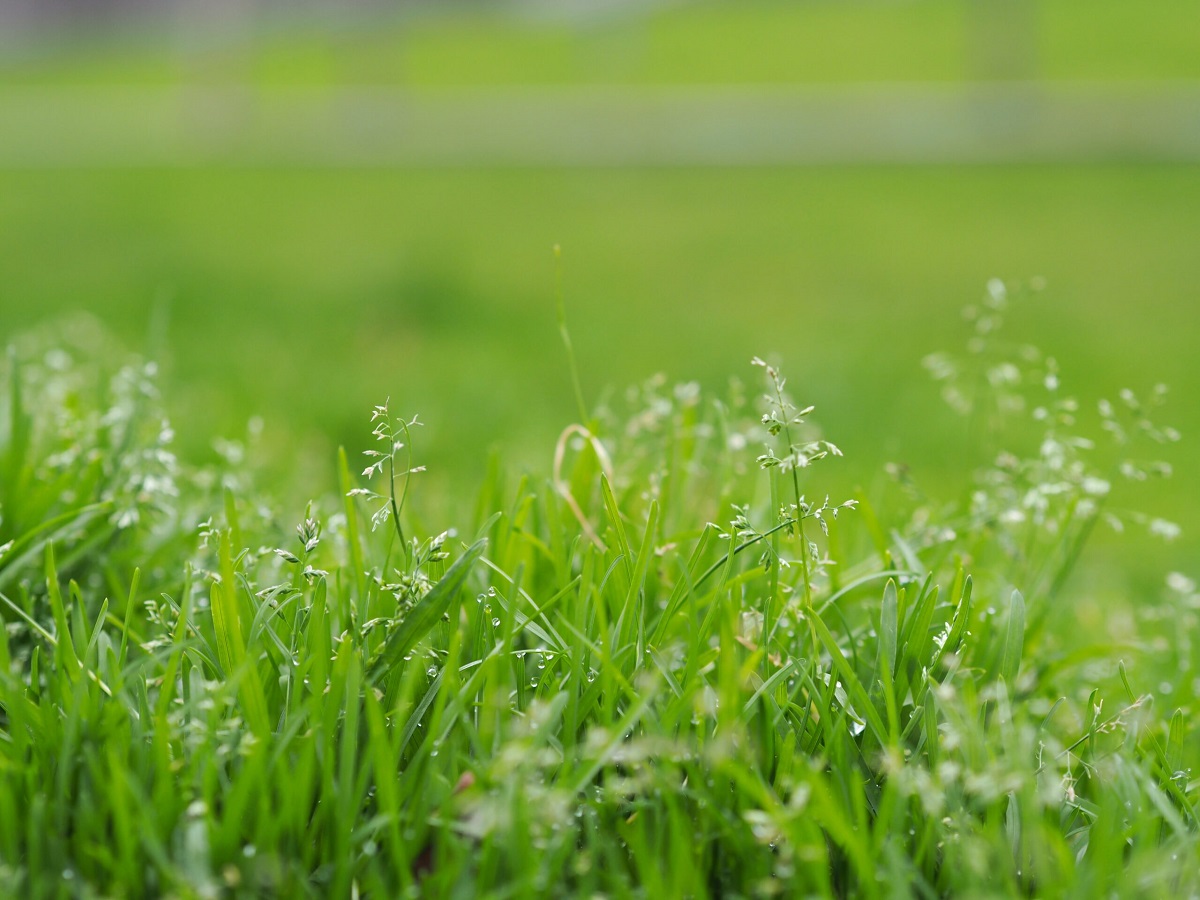
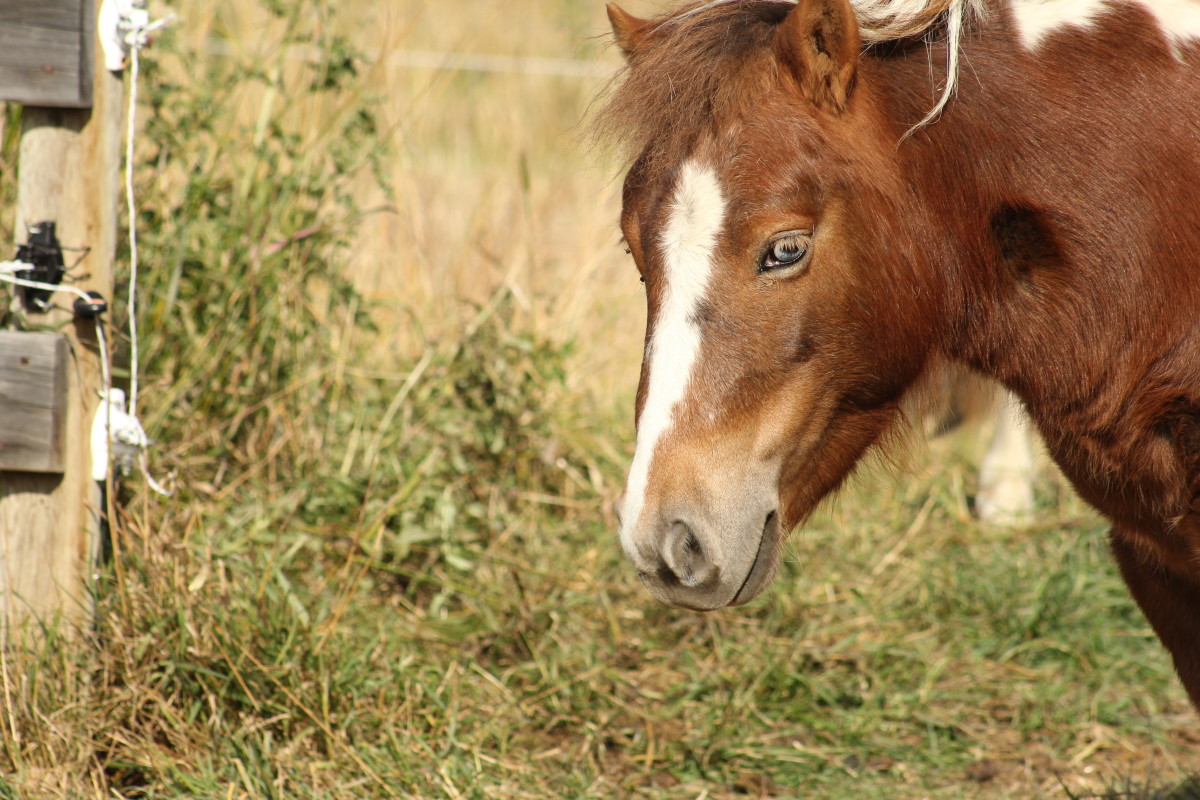
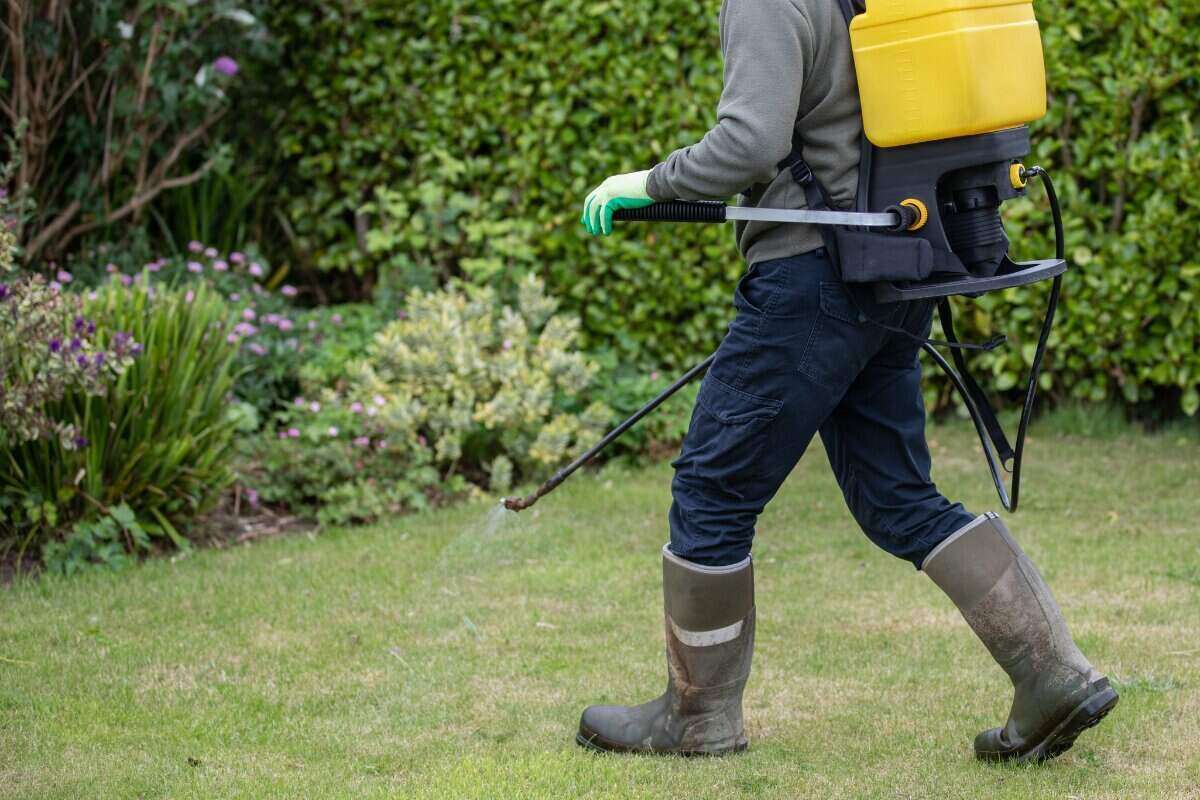
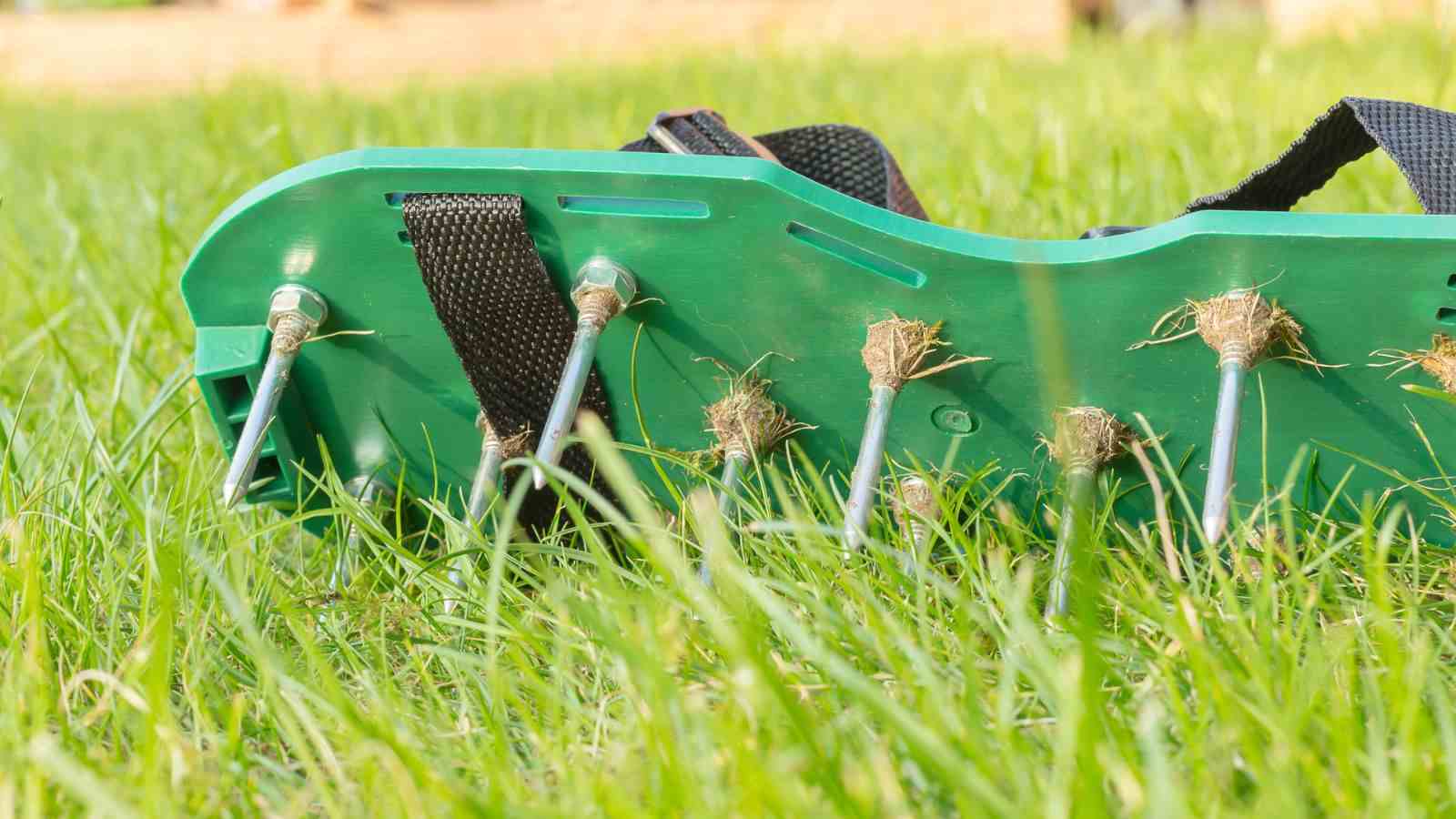

0 thoughts on “How Long Does It Take Glyphosate To Kill Grass”